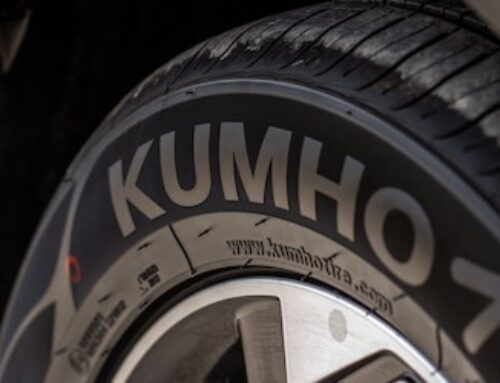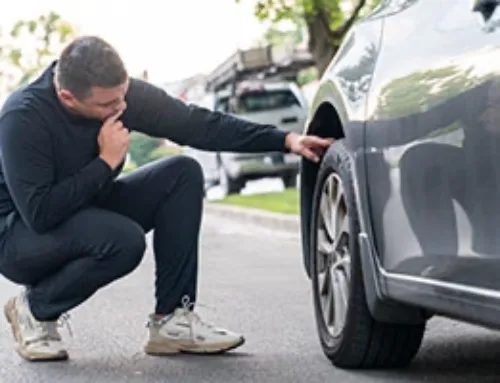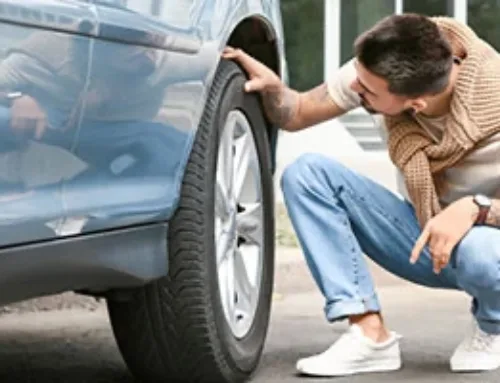Table of Contents
So you’ve just shelled out some of your hard-earned money on a new set of tires, and you want them to last as long as possible. Luckily, there is a lot you can do to increase the life of your tires. Check out these easy-to-follow tips to ensure you get the maximum life out of your tires and help you save money at the pump.
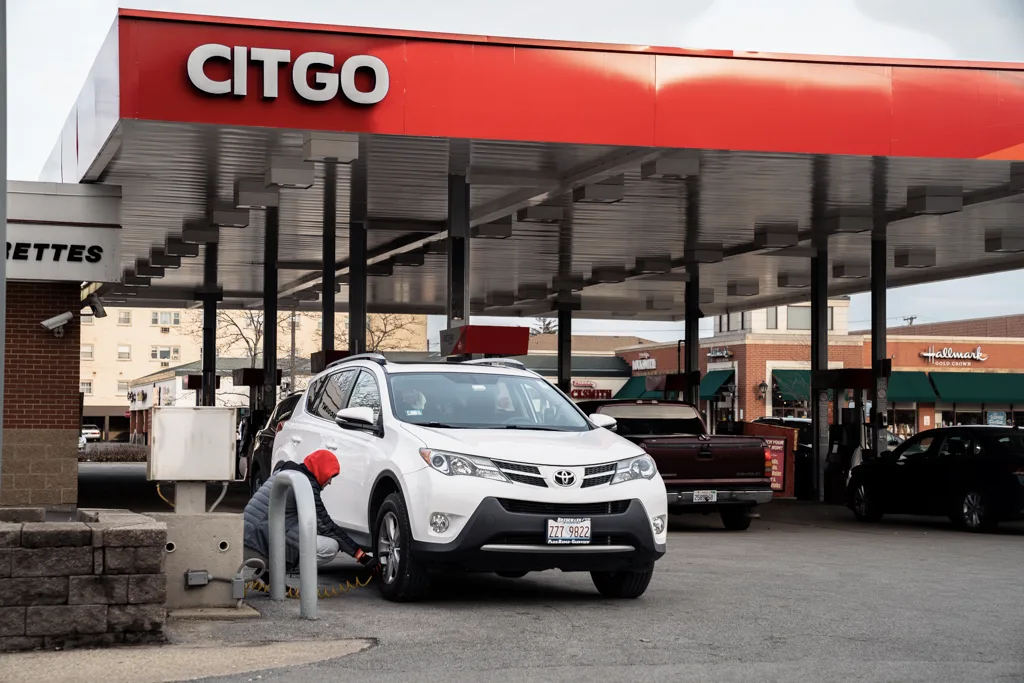
1. Maintain proper tire pressure
- This is a simple but important rule to follow if you want to make your tires last. You can find the proper air pressure in your tires by looking in your car owner’s manual, at a sticker on a driver’s door, on a fuel hatch, or at a handy website wheel-size.com. Typically, this is somewhere between 32 and 35 psi, but it will differ depending on your type of tire, type of car, and road conditions.
- Having tire pressure that is too low or too high can be damaging to your tire tread. If you have underinflated tires, you’re likely to have uneven tread wear on the outer edges of your tread (they wear faster than the center of the tread) and even the sidewall. If your tires are over-inflated, you’ll also get uneven tread wear in the middle of the tire instead. Having the correct tire pressure means the car’s weight is evenly distributed along the entire tread width, ensuring even tread wear.
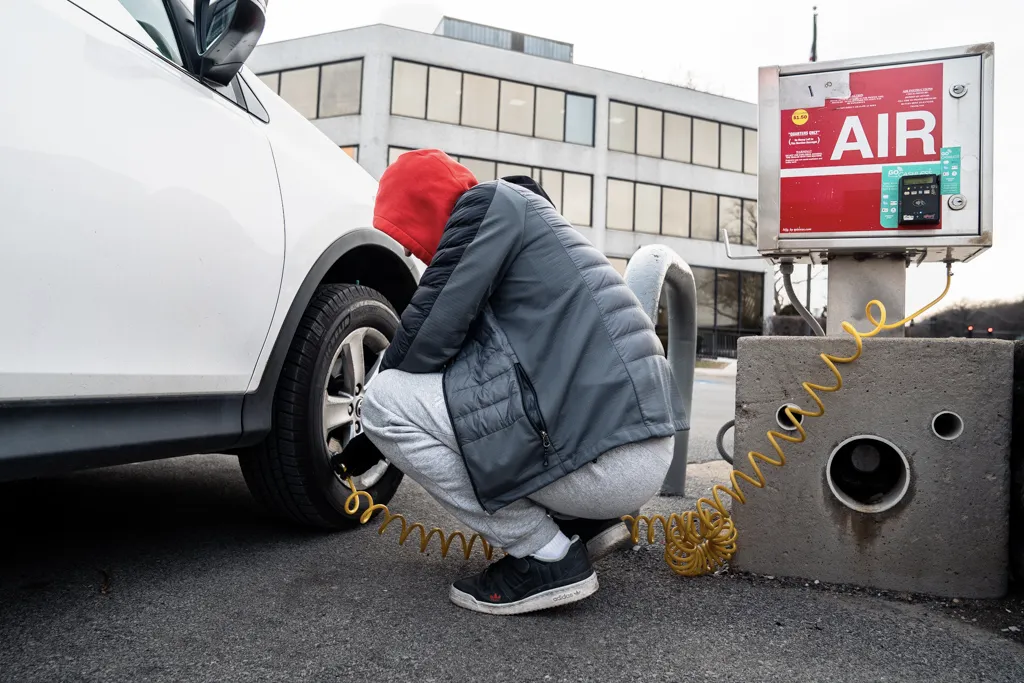
- Your tires will slowly lose their air pressure over time. Tires can lose as much as 1 psi of air pressure per month, so having a tire gauge and checking your wheels regularly is a good idea. A tire gauge is small, cheap, and easy to read and use. Stash one in your glove compartment for quick access. It’s a good rule of thumb to check your tire pressure once a month or so.
- Temperature also affects tire pressure. While your tires might be nice and sturdy in summer, by the time winter rolls around, psi can drop significantly. Be aware of your TPMS (Tire Pressure Monitoring System) light on your dashboard. When it’s on, it signals that one or more of your tires has the incorrect tire pressure. Fortunately, adjusting the air pressure in your tires is easy and can be done at any gas station for a few quarters.
2. Get your tires rotated
Tire rotation, not to be confused with a tire alignment, is simply swapping the positions of your tires. This is because certain tires wear out their tread faster than others (especially on two-wheel drive vehicles). This is because the wheels that actually “do” the driving, are going to wear out more quickly than the wheels that spin.
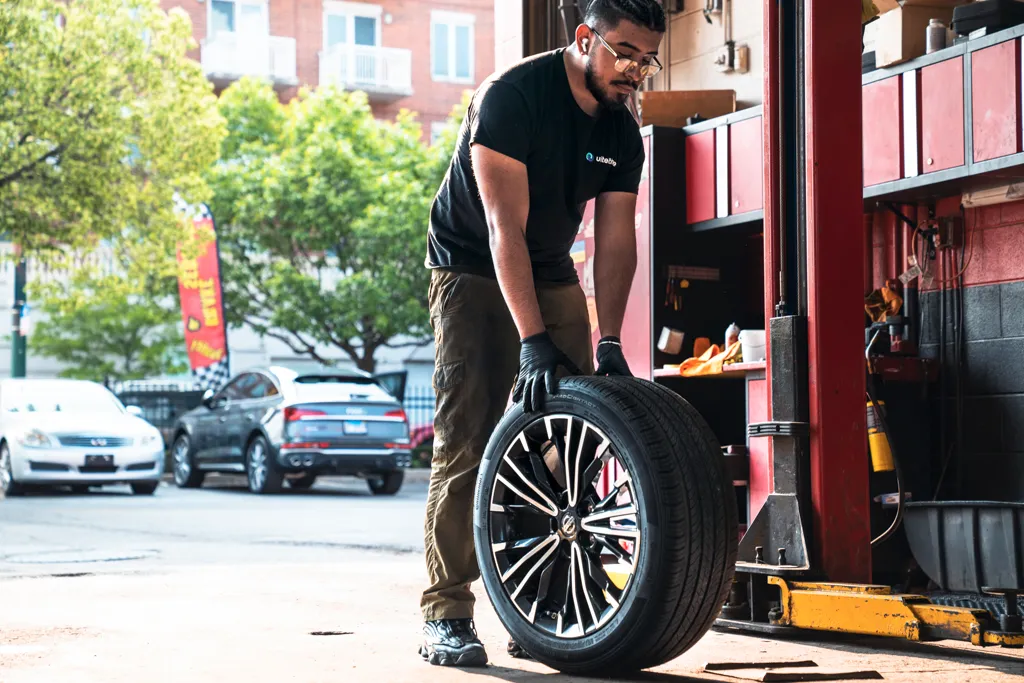
If you own a rear-wheel drive vehicle, your rear tires will wear out faster than your front tires. And vice versa—for front-wheel drive vehicles. Check your tread depth by sticking a coin into the grooves of the tread and noticing how far up the coin the tread comes.
How often should you get your tires rotated?
It is generally good advice to have your tires rotated every 5,000 to 7,000 miles. While a tire rotation can be done at home with the tools that come with your spare tire, it is much, much easier done by a mechanic with a proper lift. There are many different kinds of tire rotations, such as front to rear, side to side, forward cross, rear cross, and an X pattern. Consult with your local mechanic, as he may suggest a tire replacement over a tire rotation.
Don’t miss the best tire deals & tips!
Sign up for our newsletter
3. Don’t forget about the wheel alignment
A great way to make your tires last longer is to have your car’s alignment checked regularly. A wheel or tire alignment is a bit more complicated than a tire rotation. Over time, one or more of your tires will start to point slightly, not forward, or will become balanced on the inside or outside edge of the wheel. This will reduce tire life due to uneven tire wear.
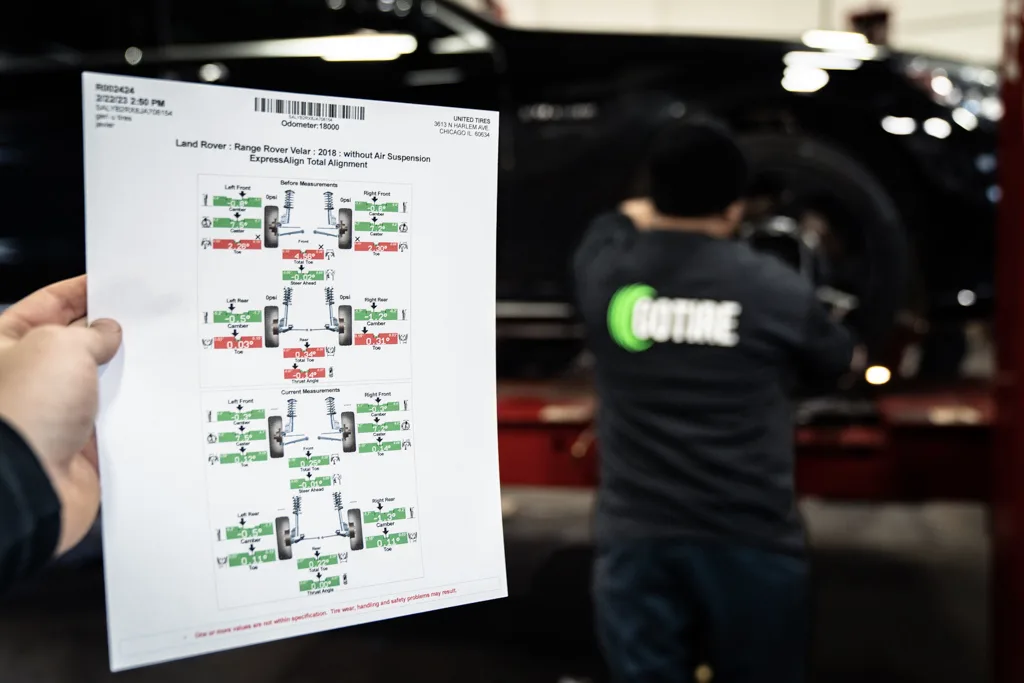
A wheel alignment improves safety and handling
An alignment is an essential part of your car’s proper maintenance. It is fairly quick and inexpensive (expect to pay around $100 and spend less than an hour of your time).
For most vehicles, an alignment once every 6,000 miles (or every other oil change) is sufficient. Getting your wheels aligned can also help if your vehicle has been experiencing handling issues (the steering wheel vibrating can be an indicator). Plus, it will help improve fuel economy.
4. Drive smoothly
You can increase your tire life and put off having to purchase new tires if you drive your car carefully. Avoid accelerating or braking aggressively. Done consistently, it will add a lot of friction to your tire tread and tire wear, respectively. Avoid driving too fast on uneven pavement or rough roads. Driving carefully will help your tires last longer.

Be careful out there!
Not only will driving carefully increase the life of your tires, but it could also increase your life as well. Unnecessary acceleration and hard braking are some of the major causes of accidents and equipment failures. Driving in this manner has also been shown to increase stress which nobody likes.
5. Use the correct tires for your location
The most popular tires in the U.S.—the all-season ones installed by the manufacturers, are fine in mild weather conditions. However, if you live somewhere with cold, snowy winters or hot and dry summers, you should consider investing in a new set of either winter or summer tires. Forcing all-season tires to perform in extreme weather conditions is going to cause excessive wear because they are not made for these conditions.
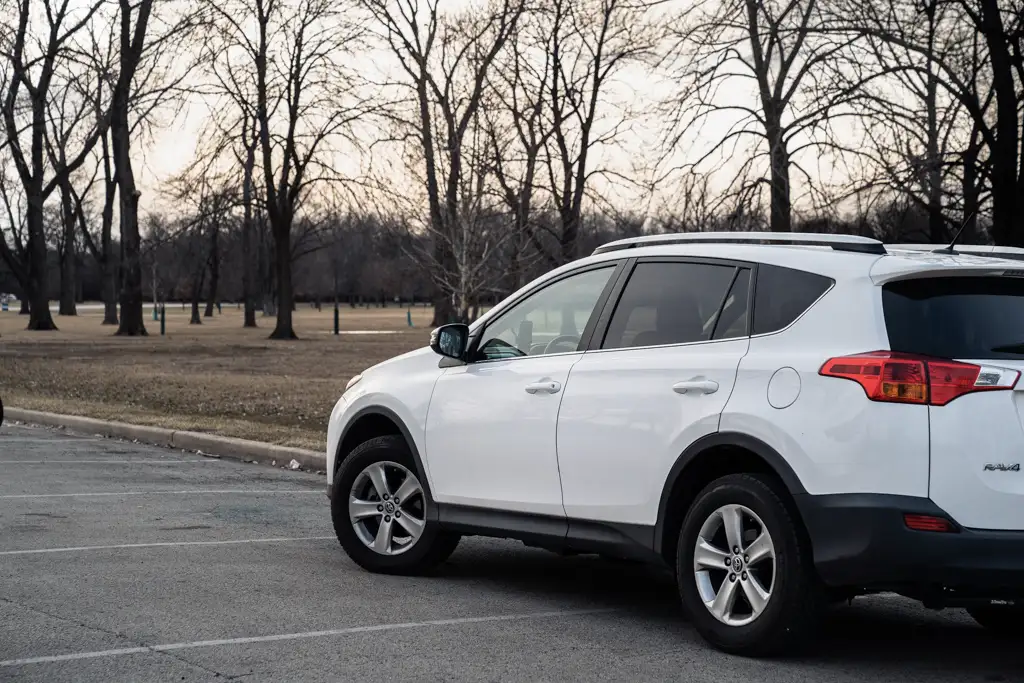
Similarly, if you live in a rural area, you might have your vehicle equipped with all-terrain, mud, or off-road tires. The softer rubber, which gives these wheels increased traction, is going to suffer considerably on a paved road, particularly at high speeds. Swapping out your tires as the seasons change is definitely going to make your tires last longer.
Frequently Asked Questions
How expensive is a new set of tires?
A single new tire can cost anywhere from $100 to $1000 depending upon the brand, specific function, and quality of each. A more realistic estimate for your everyday driver would be the $100-200 range per tire. It is recommended to get at least two, but better yet, all four tires replaced at the same time.
Can I adjust my tire pressure myself?
Absolutely. If you’ve ever pumped up a bicycle tire, then the process is surprisingly similar and maybe even easier. Usually, at the back of any gas station, you will find an air pump. You can usually get all the air you need for about $1 in quarters. Check your tire for the recommended psi, and enter this number into the machine. Then attach the hose to the valve stem. The machine will know when it has reached the correct psi and beep to show it is done. Maintaining your tire pressure is one of the best ways to improve the life of your tires and safety.
Do I need a second set of tires?
The short answer is no, you don’t need a second set (unless you live in an extremely cold climate with intense winters). A good set of all-season tires will be able to handle most conditions mother nature throws at them, but they will degrade faster at the extremes.


